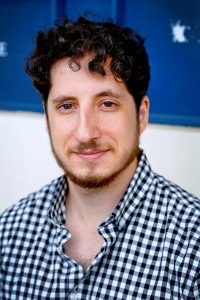Presented by the American Sign Language and Deaf Studies Program.
People seem to be well aware that humanity as a whole is diverse. Still, we develop systems that move towards an ideal sameness. As Tucker Carlson famously asked, how is diversity our strength? For all action against diversity, people still remain very different because variability is quintessentially human. In this talk, we will examine the concept of normal. What does it mean to be normal? How do we measure “normal”? What happens when people are considered abnormal? How do we use both spoken and signed languages to enforce a concept of normal which may actually not be normal? At the end of the dialogue, audience members will not only be able to define normal, but describe how people use statistics and rigid definitions of language and ability to severely limit the agency of disabled people, including deaf, deaf blind, deaf disabled, and hard of hearing individuals.
Dr. Henner’s work thus far has taken three strands: a) he examines how different factors impact the development of language and cognitive skills in Deaf and hard of hearing children, b) he looks at how to best assess and measure the language skills of Deaf and hard of hearing populations, and c) he examines the experiences that Deaf academics have in academia and how scientists interact with Deaf people.
Cosponsored by the Deaf-Hearing Communication Centre and the Wolf Humanities Center.



